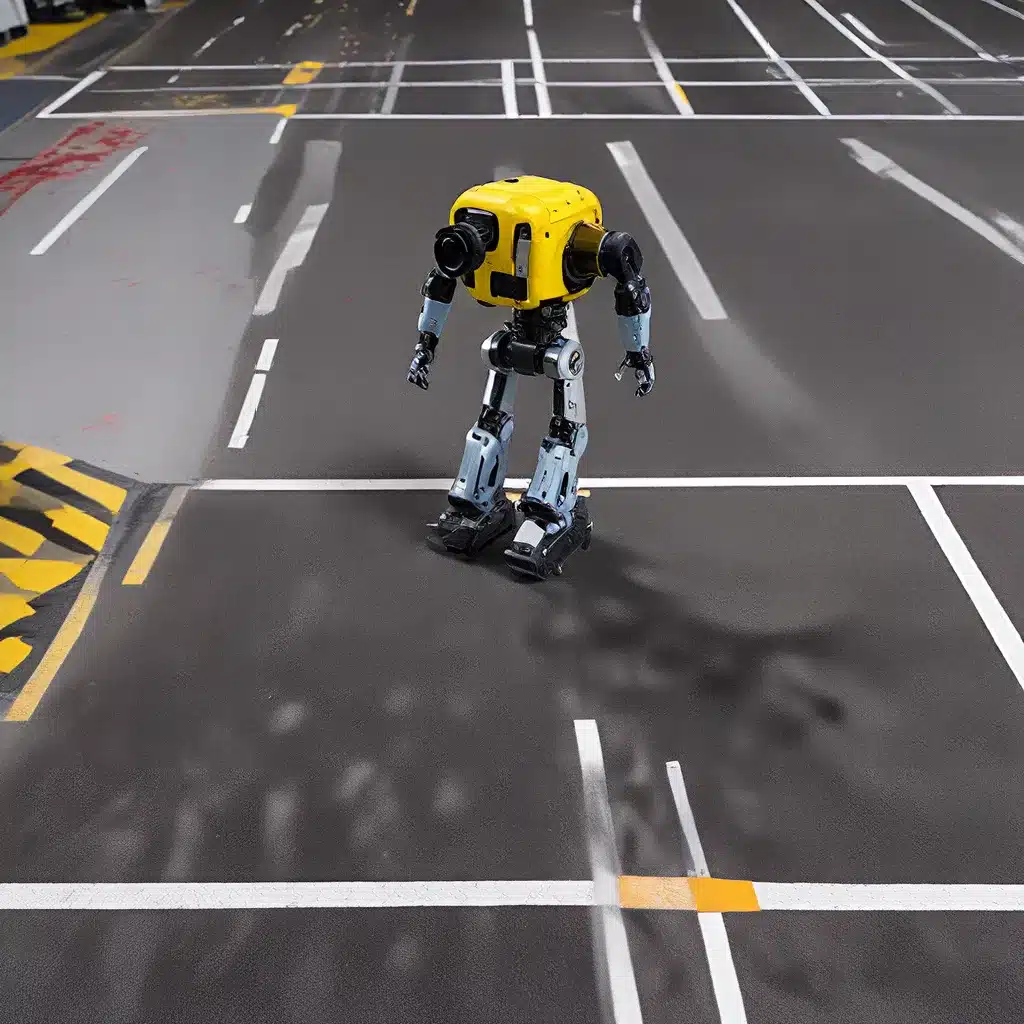
The Evolving Landscape of Sensor Networks and IoT
In the rapidly advancing world of sensor networks and the Internet of Things (IoT), obstacle detection and avoidance have emerged as critical areas of research and development. As sensor-enabled robotics become increasingly prevalent in industries, healthcare, and even our daily lives, the need to ensure safe and efficient navigation has never been more crucial.
This article delves into the intricate world of sensor network design, exploring how these technologies are revolutionizing the way we perceive and interact with our surroundings. From autonomous vehicles navigating busy streets to drones surveying disaster-stricken areas, the ability to detect and avoid obstacles is a fundamental requirement for the seamless and safe operation of these robotic systems.
Advances in sensor technologies, combined with sophisticated data processing algorithms and real-time decision-making capabilities, have enabled a new era of sensor-powered robotics. These systems can now perceive their environment with extraordinary precision, identify potential obstacles, and navigate through complex scenarios with remarkable agility.
Sensor Network Architectures for Obstacle Detection
At the heart of obstacle detection in sensor-enabled robotics lies the sensor network architecture. These networks typically comprise a diverse array of sensors, each designed to capture specific types of data, such as visual, infrared, or ultrasonic information. By strategically positioning and integrating these sensors, robotic systems can build a comprehensive understanding of their surroundings, allowing them to detect and avoid obstacles with a high degree of accuracy.
Sensor network topologies play a crucial role in determining the efficiency and effectiveness of obstacle detection. Distributed sensor networks, for example, can provide a wider coverage area and improved resilience to individual sensor failures, while centralized architectures may offer better data integration and decision-making capabilities.
Regardless of the specific network topology, the selection and integration of appropriate sensors are paramount for effective obstacle detection. Visual sensors, such as cameras, can provide detailed information about the shape, size, and location of obstacles, while infrared sensors can detect heat signatures and ultrasonic sensors can measure distance and depth. By fusing data from these diverse sensor types, robotic systems can build a comprehensive understanding of their environment and navigate through it safely.
Algorithms and Data Processing for Obstacle Avoidance
The detection of obstacles is only the first step; the ability to effectively avoid them is equally important. This is where advanced algorithms and data processing techniques come into play, enabling sensor-enabled robotics to make real-time decisions and take appropriate actions to navigate safely.
Machine learning and computer vision algorithms are widely employed in obstacle avoidance systems. These algorithms analyze sensor data to identify and classify obstacles, predict their movement, and determine the optimal path for the robot to take. Deep learning models, in particular, have demonstrated remarkable capabilities in object detection, segmentation, and motion prediction, making them a crucial component of modern obstacle avoidance systems.
In addition to advanced algorithms, efficient data processing is essential for real-time obstacle avoidance. Edge computing and distributed processing architectures enable sensor-enabled robotics to analyze data and make decisions locally, reducing latency and improving responsiveness in dynamic environments.
Security Considerations in Sensor Network Design
As sensor-enabled robotics become more prevalent, the security of these systems has become a growing concern. Sensor networks are vulnerable to a variety of cyber threats, from data manipulation to unauthorized access, which can compromise the safety and reliability of obstacle detection and avoidance systems.
Robust security measures, such as encryption, authentication protocols, and secure communication channels, are crucial in sensor network design. Regularly updating firmware and implementing defense-in-depth strategies can help mitigate the risks associated with emerging threats and ensure the integrity of sensor data and control commands.
Moreover, collaboration between industry, academia, and government agencies is essential in addressing the evolving security challenges faced by sensor-enabled robotics. Sharing best practices, vulnerability disclosures, and security standards can help strengthen the resilience of these systems and maintain public trust in their safe and reliable operation.
Energy Management in Sensor-Enabled Robotics
The energy efficiency of sensor-enabled robotics is another critical factor in their widespread adoption and long-term viability. Sensor networks often operate in remote or resource-constrained environments, where power consumption is a significant concern.
Advanced power management techniques, such as energy harvesting, duty cycling, and dynamic voltage and frequency scaling, can optimize the energy usage of sensor-enabled robotic systems. Careful sensor selection and intelligent sensor fusion strategies can also reduce the overall power requirements of obstacle detection and avoidance systems.
Furthermore, the integration of renewable energy sources and energy storage solutions can contribute to the sustainability and self-sufficiency of sensor-enabled robotics, enabling them to operate for extended periods without the need for frequent battery replacements or external power sources.
The Future of Sensor-Enabled Robotics
As the world of sensor networks and IoT continues to evolve, the intersection of these technologies with robotics promises to unlock new frontiers of innovation and discovery. From autonomous vehicles navigating smart cities to drones assisting in disaster response, the capabilities of sensor-enabled robotics are poised to transform a wide range of industries and improve the quality of life for individuals and communities.
By addressing the challenges of obstacle detection and avoidance, security, and energy management, the sensor network community is paving the way for a future where sensor-enabled robotics are seamlessly integrated into our everyday lives, enhancing safety, efficiency, and sustainability across a diverse array of applications.
To explore the latest advancements and stay informed on the cutting edge of sensor networks and IoT, be sure to visit https://sensor-networks.org/, a leading resource for industry professionals, researchers, and enthusiasts alike.